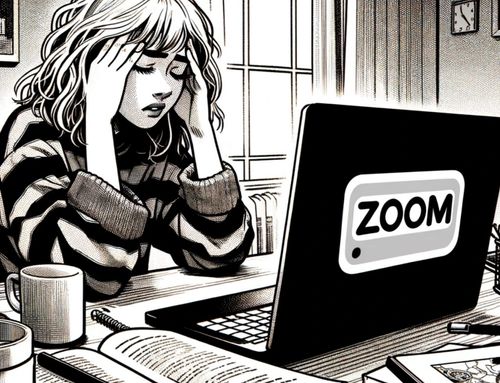If you’ve ever been cornered for saying “this virtual meeting could’ve been an email,” there’s finally some retribution. Dare I say, scientific vengeance. For the first time, scientists have presented proof that those long Zoom really fry up some brain circuits and cause real fatigue. Shit got real, bruddas!
After the COVID-19 pandemic, it turns out all those endless video calls actually tire people out. This groundbreaking revelation, known as Zoom fatigue or, for the fancy folks, videoconference fatigue, was once only something people complained about in surveys.
But now, thanks to the heroic efforts of René Riedl from the University of Applied Sciences Upper Austria/Campus Steyr and Gernot Müller-Putz from Graz University of Technology, we have actual neurophysiological proof!
So, they had these poor college-going souls sit through lectures in two settings: the old-school way in a lecture hall and the new-age style via video conferencing. They then went full mad scientist, measuring brain and heart activities with EEG and ECG, and even threw in some questionnaires for good measure. And guess what?

A 50-minute lecture via video call wore out the participants way more than the same snooze-fest in a traditional lecture hall. Science has spoken: video calls are officially exhausting. Who knew?
Dear employer, lookie here!
Here’s what the scientists say in the research paper:
|| Thus, individuals and organizations must not ignore the fatigue potential of videoconferencing.
|| A major implication of our study is that videoconferencing should be considered as a possible complement to face-to-face interaction, but not as a substitute.
You can read the glorious humanity-redeeming research paper in Nature.

